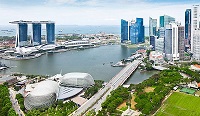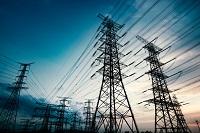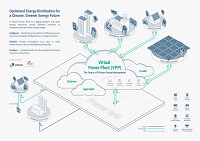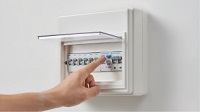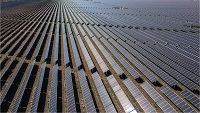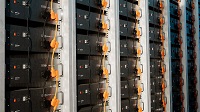Mr Albert Tang in his letter (Why are SP Group's rates higher than retailers'?; Jan 16) asked why electricity retailers are able to offer lower rates than the regulated tariff in the Open Electricity Market.
The regulated tariff, charged by SP Group and approved by the Energy Market Authority, reflects the long-term costs of producing and delivering electricity in Singapore, such as the costs of building and operating the power plants and maintaining the power grid.
On the other hand, the electricity rates offered by retailers typically reflect the current market conditions, level of competition and short-term costs of producing electricity.
Under current market conditions where electricity production capacity exceeds demand for electricity, we can expect market prices to be lower than the regulated tariff.
However, this may change over time based on market demand and supply.
Consumers should be aware that while the price plans offered by retailers are fixed for the duration of each contract, retailers, like all businesses, may adjust their prices and discounts over time.
Consumers who have switched to other retailers can also switch back to buying electricity at the regulated tariff from SP Group.
They should check with their retailers if there are any applicable charges when making this decision.
In the Open Electricity Market, consumers can also benefit from more choices and innovative offers, such as electricity generated from solar power, as well as value-added packages through bundled products and services.
Ms Dorcas Tan
Director
Market Development and Surveillance Department
Energy Market Authority
Why are SP Group's rates higher than retailers? - Albert Tang
16 Jan 2019
I appreciate the Energy Market Authority's (EMA) response (Open electricity market gives consumers choice; Jan 14) to Mr Hoe Lye Soon's concerns regarding the Open Electricity Market (OEM) (Keep buying of electricity simple; Jan 5).
I acknowledge that it is always good for consumers to have more choices.
However, I have a seemingly simple question that has yet to receive a satisfactory answer from the electricity retailers I have asked.
Given that electricity retailers are looking to make a profit, have spent a significant amount on marketing costs and are still able to offer consumers electricity rates that are a good 20 to 30 per cent lower than SP Group's, why doesn't SP Group just offer consumers these lower rates in the first place?
Many of the 13 or so retailers participating in the OEM do not generate their own power, instead claiming to buy in bulk from power plants to sell to consumers.
As the largest bulk buyer of electricity, SP Group should benefit the most from economies of scale, and be able to pass the savings on to consumers.
It is hard to understand the logic behind creating the OEM and getting so many retailers to compete for consumers, when SP Group is in a position to bypass this step to sell electricity directly to consumers at more competitive rates.
I doubt I am the only consumer puzzled by this, and hope that EMA can give a satisfactory explanation.
